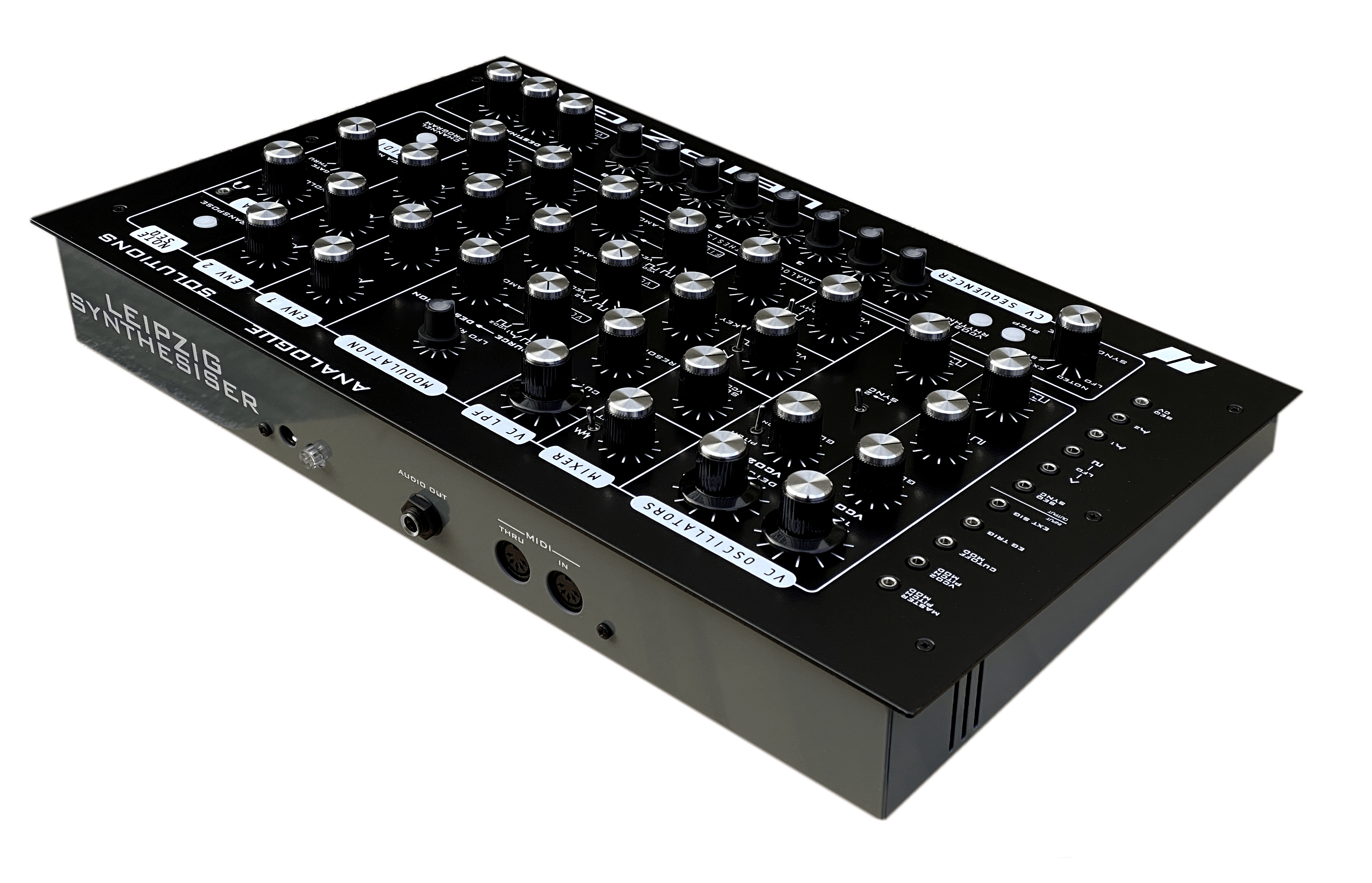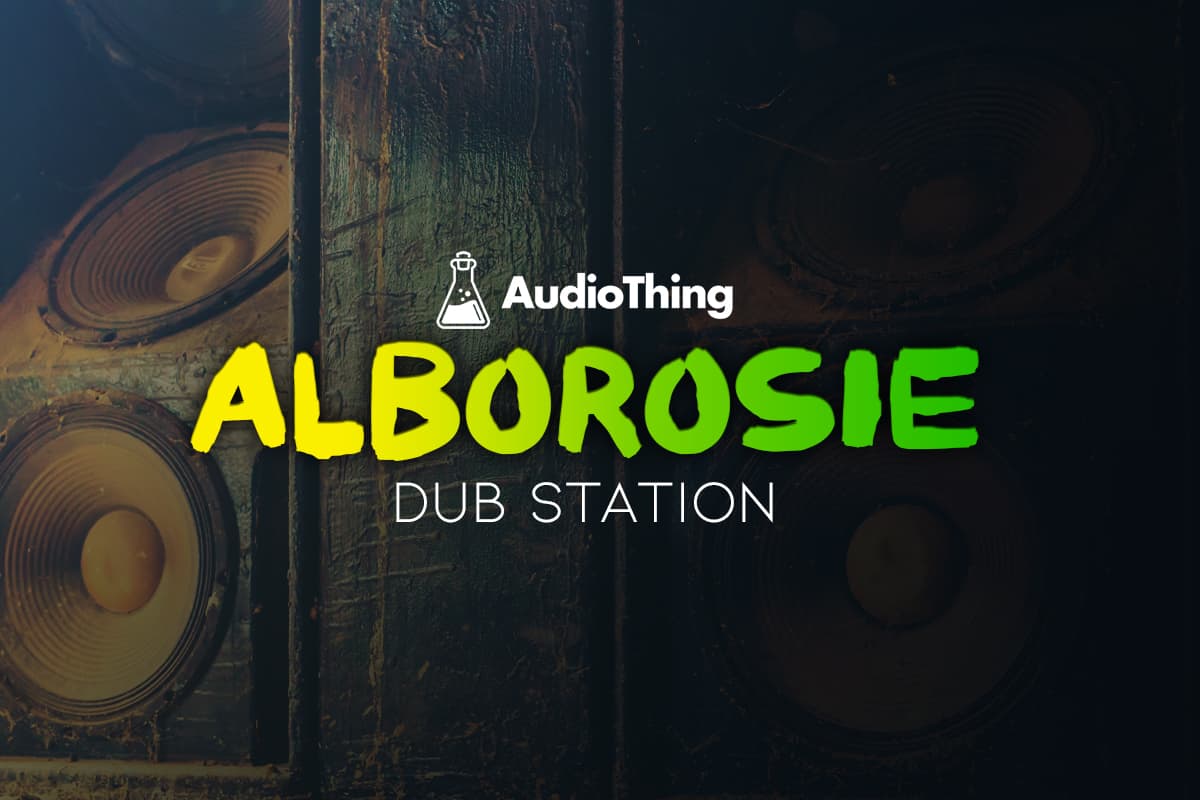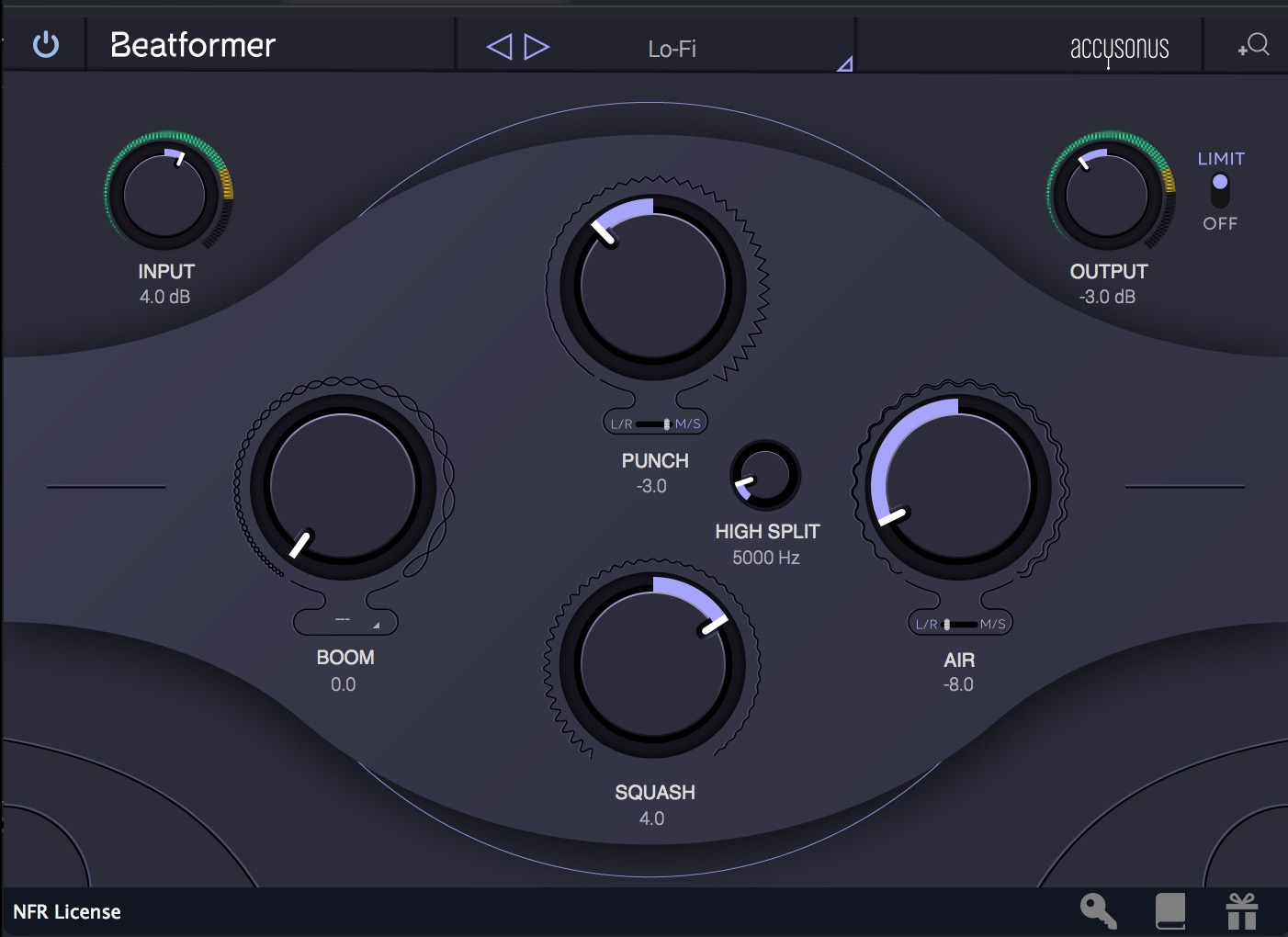Korg SQ-1 – Introduction, Demo & Review
Check out our Korg SQ1 review and demonstration with Consordini.com and ‘Nathan Cleary Music!’ featuring a deep dive through some of the features, sounds, pros, and cons of the unit. Be sure to also explore the versatility of the Korg SQ1 with demonstrations of how it can be used in various musical settings and styles. ‘Nathan Cleary Music’ will also be showcasing how the Korg SQ1 can be integrated with other gear, such as the reformer pro and total bundle 1, to enhance your creative possibilities and musical productions. Whether you’re a beginner or a seasoned musician, the Korg SQ1 offers a range of possibilities for expanding your sonic palette.
Begin with a quick overview and discussion about the unit, followed by a quick tour of the main features and a minimal to no talking sound demo of the presets to finish and let you come to your own conclusions.
The KORG SQ 1 is a 16 step hardware analog sequencer with multiple connectivity functionality to both hardware and software units through it’s CV and Gate Ports as well as MIDI In/Out through its USB port.
It can be battery-powered or through the USB connection which also makes it a powerfully mobile addition to a Studio/Setup.
Wondering ‘How to Use a Step Sequencer?’ or ‘What does a Step Sequencer Do?’ then check out the review below and the accompanying video today for a great introduction to the possibilities.
(The Synth used in today’s video was the Korg Legacy Monopoly VST. So imagine what different sounds this unit can produce with the world of synths available today!) This VST has an incredible range of sonic capabilities, from fat, juicy bass lines to soaring lead synths and everything in between. With the advancements in digital synthesis technology, the possibilities are truly endless. Now, with the heavyocity damage 2 overview, creators can explore even more textures and nuances in their sound design, pushing the boundaries of what is possible with virtual instruments. The future of synthesizers is definitely an exciting one.
DURABLE, WELL BUILT AND FLEXIBLE (MOSTLY)
The Korg SQ1 is built very well. My personal one has taken many an accidental fall and shows no signs of wear or breaking any time soon which is a big plus for the ‘On Tour’ or ‘Live’ Electronic Musicians.
It’s connections, voltage selector options and outputs allow for connectivity to most Hardware Synthesizers through CV as well as MIDI Software Synths which makes the unit very versatile indeed.
- INTERESTING POLYRHYTHMIC AND RHYTHM COMPOSITION ON THE FLY!
There is another way for those who are accustomed to or only use the ubiquitous DAW piano roll!
The Korg SQ-1 is a step sequencer at a reasonable price which could be your introduction to hardware sequencing and can spark, or even force you to create patterns, rhythms, and sequences which you never would have conceived otherwise.
This is a big plus for when you hit those inevitable writer’s block moments and a good piece of inspiration-introducing gear to have around the studio!
THE LEFT TO BE DESIRED
As great as the Korg SQ1 is at what it can do, there are some glaring and not-so-glaring things that are left to be desired.
One big issue is the inability to transpose quickly and easily as well as not having any indication of what note is playing on each dial/knob. (some might argue it’s a good point for ‘feel’ but some indication for precision wouldn’t hurt.)
There are some workarounds by patching some of the receiving synthesizer settings (if possible/it has a patchbay) to transpose but to not having it directly and easily accessible on the unit is a minus for a lot of users.
In short, the Rhythmic possibilities are fantastic but the Melodic side leaves a lot to be desired.
Conclusion
The KORG SQ1 step sequencer is a durable and fun little unit that has enough bang for its buck to interest the veteran producer or the music hobbyist. Of course, there are some features, like mentioned previously, which would have been fantastic to include but it has enough creative possibilities on the rhythmic composition side to make it well worth its money and which earns it a special, if not quite quirky, place in the studio or in a live setup.
If you’re also looking for a ‘not too expensive’ entry into the world of hardware sequencing and how to sequence hardware gear, this is a great place to start as it can introduce a lot of basic sequencing, connection, and compositional concepts for you to further develop down the line along with your (hopefully) growing setup!










